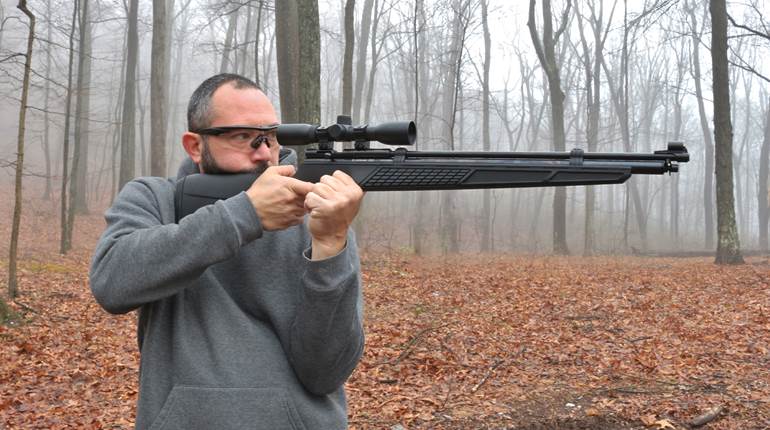
Though its active official service life was less than a half-dozen years, Britain’s Pattern 1851 “Minié” rifle musket was an important step in the evolution of military longarms. It was the first gun of its type to be general-issue in an important conflict. The gun’s unofficial “Minié” honorific, while technically correct, rather slights the work of many other men responsible for it coming into being. These include Capt. John Norton, William Greener, Capt. Henri-Gustave Delvigne, Col. Louis-Étienne de Thouvenin and Capt. Francoise Tamisier, whose combined influence/work led up to the hollow-based cylindro-conical bullet into which Capt. Charles Claude-Étienne Minié added his critical element, turning an acceptable concept into a military miracle.
By the late 1700s, governments began recognizing the value of arming all troops with rifles—a laudable aim hampered by loading techniques that were simply not fast enough for general service use. Serious efforts to simplify things beginning in the early 1820s had, by the mid-to-late 1840s, resulted in a bullet/system combining the efforts of Delvigne, Thouvenin and Tamisier in which a slightly sub-caliber, conical, hollow-base bullet was loaded easily and then expanded into the rifling by several stout raps of a ramrod as it rested upon a metal pillar (tige) within the barrel chamber. The arrangement provided considerably better range and accuracy than that seen with smoothbore muskets firing round balls, however, the tige was prone to deformation, and the gun’s bore was difficult to clean and maintain.
Captain Minié surveyed the situation and came up with a clever solution—he devised a bullet with an integral domed iron cup set into its base that would take the place of the tige. When the rifle was fired, the explosion forced the cup into the tapering bullet cavity, expanding it into the grooves. Minié’s system worked and worked well. Results were so impressive that the British Board of Ordnance began its own trials. Obligingly supplied with samples from the French, the commission was free to experiment, the principal precondition for adoption being that the new bullet diameter and cartridge weight be the same as that of the current musket ball round.
The arm that finally appeared in 1851, after a relatively short developmental period, was a .702-cal. rifle musket that, though possessed of a rifled barrel, was almost a ringer for the issue Pattern 1842 smoothbore, its main external difference being an adjustable-ladder rear sight graduated to 900 yards. The rifle musket’s slightly tapered, smooth, 0.702", hollow-base bullet weighed 680 grains and incorporated a cavity fitted with the Minié hemispherical iron expander plug.
After some tweaking and minor adjustments to the rifle and bullet, component production of the new gun was undertaken by contractors, and the parts were assembled at the Tower Armouries. Officially termed the “Pattern 1851 Rifle-Musket,” the new piece was universally called the “Minié Rifle” by users, the press and admirers. Appearing in time to be used by British infantry during the Crimean War (1854-56), all but 1,000 of the 35,000 arms made between 1852 and 1855 saw issue. As good as it was, the Pattern 1851 ended up being little more than a stopgap arm because concurrent “smallbore” experiments resulted in its replacement with the superb Pattern 1853 Enfield, examples of which were actually made in time to see use in Crimea.
Following the conflict, Pattern 51s were withdrawn and put into stores and eventually sold as surplus to other militaries (some were employed in the American Civil War) and to commercial concerns. Today, a good-quality, unaltered Pattern 51 is a scarce item. The one appearing here, which was issued to the 77th (East Middlesex) Regiment of Foot and undoubtedly saw Crimean use, remains in good, serviceable condition. Accordingly, it is valued at $4,500.
Gun: Pattern 1851 Rifle Musket
Manufacturer: Tower Royal Armouries
Caliber: .702
Manufactured: 1852
Condition: NRA Very Good (Antique Gun Standards)
Value: $4,500





































